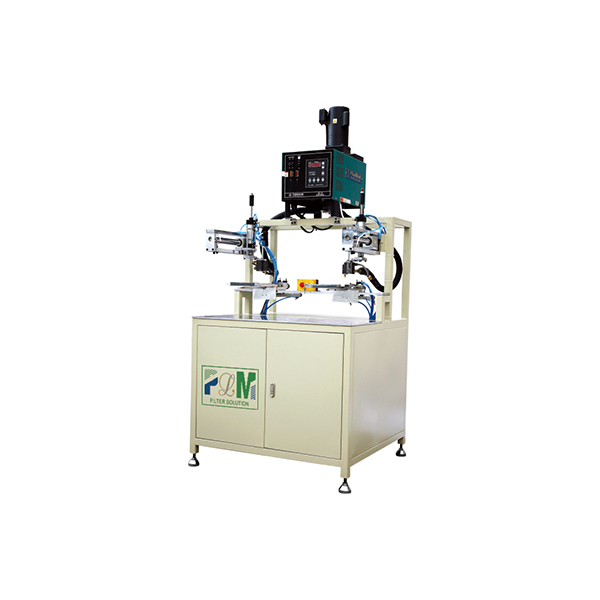Ное . 09, 2024 02:43 Back to list
OEM Primary Air Filter Material Specifications and Applications
Understanding OEM Primary Air Filter Raw Materials
Air filters play a critical role in a wide variety of systems, particularly in automotive and industrial applications, where clean air is essential for optimal performance and longevity of machinery. Original Equipment Manufacturers (OEMs) have specific standards and requirements for air filter materials to ensure that their products meet regulatory standards while also providing the best performance. This article will delve into the raw materials typically used in the production of OEM primary air filters, their characteristics, and their significance in maintaining air quality.
1. Importance of Air Filters
Air filters serve the primary purpose of trapping dust, pollen, soot, and other airborne particles, preventing them from entering the engine or other essential components of a machine. Clean air is vital for efficient combustion in engines, optimizing fuel consumption, and minimizing emissions. Therefore, the raw materials used in producing OEM primary air filters are of utmost importance.
2. Common Raw Materials
The primary raw materials employed in the manufacturing of OEM air filters include
- Fiberglass This is a common choice for many air filter designs, especially pleated filters. Fiberglass is lightweight and possesses excellent filtering efficiency. Its composition allows for a high dust-holding capacity, meaning it can trap a greater amount of particles before needing replacement. Additionally, fiberglass air filters can withstand higher temperatures, increasing their durability and performance lifespan.
- Synthetic Media Often used in high-efficiency filters, synthetic media is produced from man-made fibers like polyester. These filters are designed to catch smaller particles and provide a longer service life than traditional materials. Synthetic filters are particularly popular in areas where fine dust and pollen are prevalent because they trap particles effectively while maintaining airflow.
- Cellulose This organic material is derived from plant fibers and has been used for decades in air filter manufacturing. Cellulose filters are biodegradable and an eco-friendly option. However, they generally have lower dust-holding capacities compared to fiberglass or synthetic filters, which may require more frequent replacements in heavy-use scenarios.
- Activated Carbon Though primarily used for odor and chemical filtration, activated carbon is sometimes included in OEM air filters that need to combat volatile organic compounds (VOCs) and odors. This material enhances the performance of filters, especially in environments with fumes or unpleasant smells.
oem primary air filter raw material

- Polyurethane Foam Some OEM air filters incorporate polyurethane foam for applications requiring a more flexible, washable option
. Foam filters are good for catching larger particles and can be cleaned and reused, which appeals to users seeking to reduce waste.3. Characteristics of Quality Raw Materials
When evaluating the effectiveness of air filter materials, several characteristics are essential
- Filtering Efficiency This defines the ability of a filter to capture particles. Higher efficiency means that the filter can effectively trap smaller particles, resulting in cleaner air entering the engine or system.
- Dust Holding Capacity It refers to the amount of dust a filter can accumulate before it becomes clogged. Filters with higher dust-holding capacities require less frequent replacements, making them more cost-effective in the long run.
- Airflow Rate Quality air filters must allow sufficient airflow to ensure that the engine or system operates efficiently. If the filter restricts airflow too much, it can lead to suboptimal performance.
- Durability The ability of a filter to withstand various operating conditions, including temperature and humidity, is vital. Durable materials ensure the longevity of the filter and reduce the frequency of replacements.
4. Conclusion
The choice of raw materials in OEM primary air filters significantly impacts their performance and operational efficiency. As industries continue to evolve and demand higher standards, the exploration of advanced materials and technologies will remain a crucial focus for manufacturers. Understanding these materials not only enhances product development but also ensures that end-users receive the highest quality air filtration solutions, contributing to cleaner air and improved performance across numerous applications. In a world increasingly focused on sustainability and environmental responsibility, selecting the right raw materials is not just a technical requirement but a commitment to a better future.
-
Cheap PLJY109-500 Full-Auto HDAF Expanded Mesh Spiral Coiling Machine - High Efficiency & Quality Manufacturer
NewsJul.08,2025
-
Best PLHJ-6 Full-Auto Eco Filter Rotary Heat Plating Machine - High Efficiency & Eco-Friendly Solution
NewsJul.08,2025
-
High-Efficiency Paper Pleating Machine for Filters Trusted Filter Paper Pleating Machine Company
NewsJul.07,2025
-
High-Performance Oil Filter for Cadillac ATS – Reliable Engine Protection Solutions
NewsJul.07,2025
-
High Quality PU Glue for Filters – Reliable Filter Glue Supplier & Exporter Get PU Glue Quotes Now
NewsJul.07,2025
-
China PLJL-4 Seal Leakage Tester for Spin-On Filter - High-Precision Multi-Station Testing Solutions
NewsJul.06,2025
